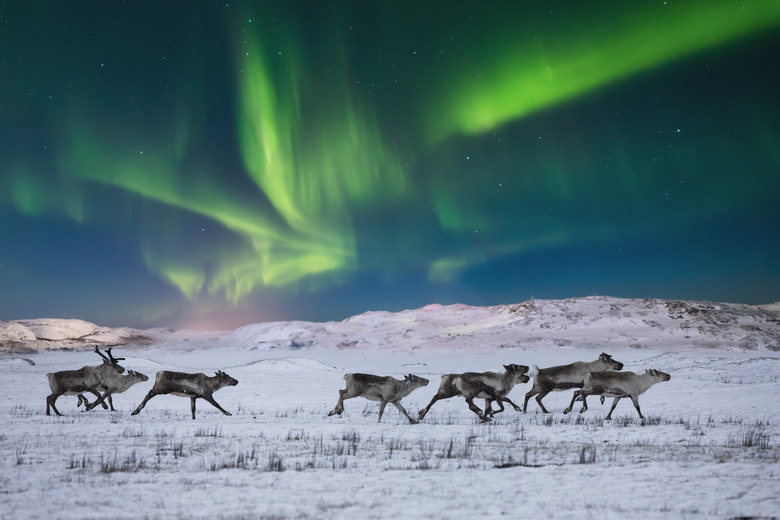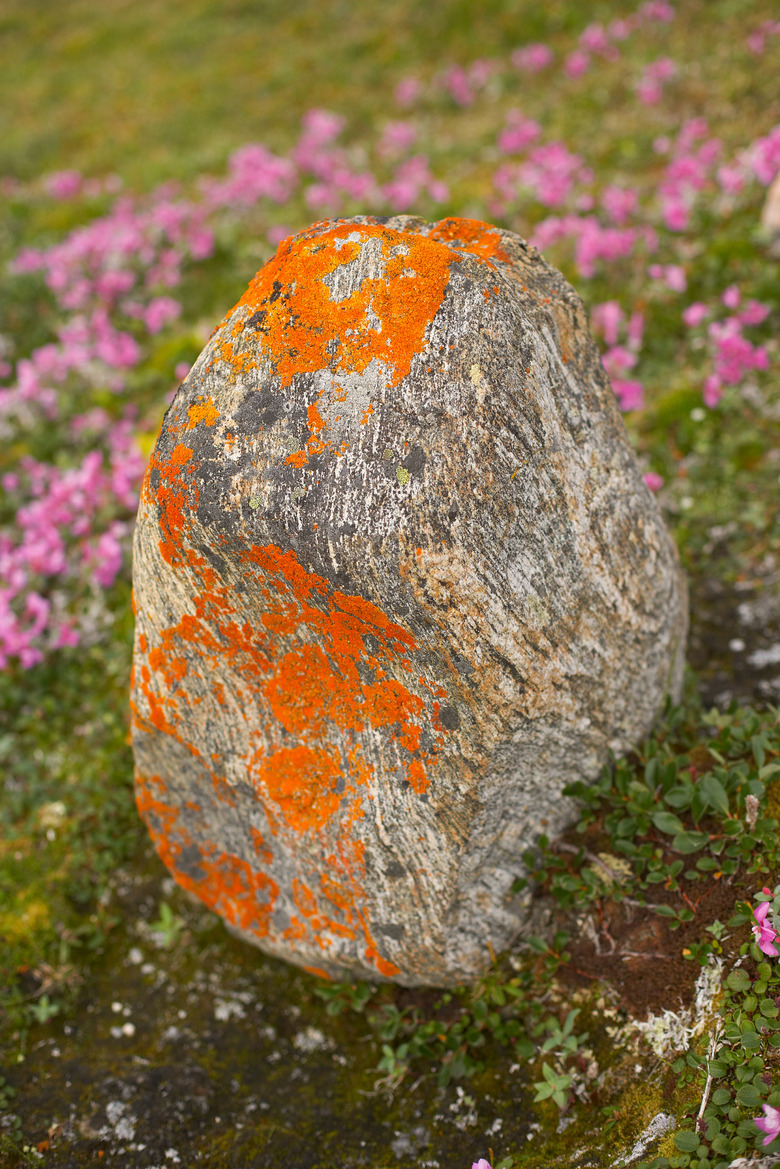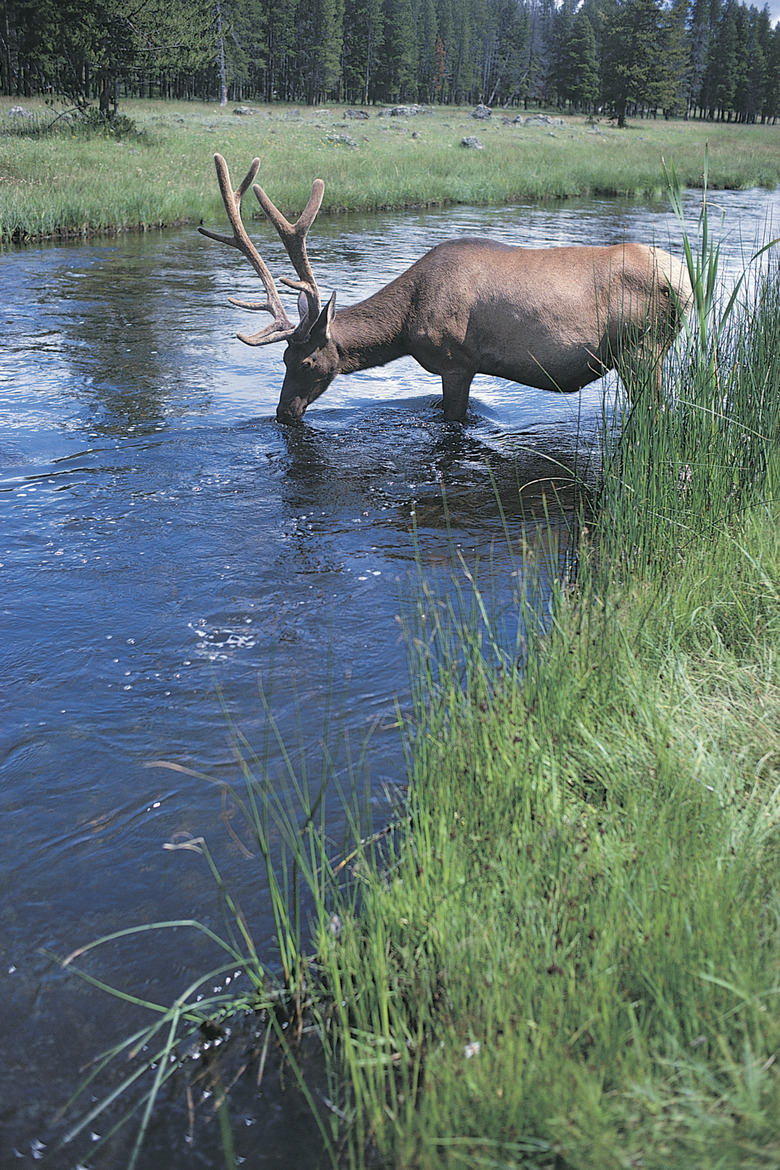Why Is The Tundra So Important?
Picture the tundra: In all likelihood you're picturing a vast, frozen wasteland with snow everywhere and perhaps the occasional polar bear. There's actually more life in the tundra than you might realize, particularly during the summer when the long arctic days deliver a manic growing season. The fact that the tundra is home to a variety of plants and animals is reason enough to call the tundra important, but this region of the world has other characteristics vital to life as we know it.
Permafrost
Permafrost
Perhaps the most famous feature of the tundra is its permafrost, referring to land that never thaws. While the surface layer of soil in the tundra does thaw during the summer – allowing plant and animal life to thrive – there is permanently frozen soil beneath this layer.
Permafrost can vary in thickness from one to 1,000 meters (that is, from roughly three to 3,300 feet.) This frozen ground has proven vital to tracking climate change through the centuries, as any temperature change leaves its mark on the permafrost. Permafrost has also alerted scientists to the rapid environmental changes happening since the industrial revolution.
Earth's Carbon Sink
Earth's Carbon Sink
The rainforest is often called "the earth's lungs," because the extremely high plant density is responsible for converting a lot of the world's carbon dioxide into oxygen. A similar claim can be made about the tundra – it is the earth's carbon sink.
Because a lot of otherwise fertile land is permafrost, the tundra contains a lot of carbon that would otherwise escape into the atmosphere. Scientists predict that if global temperatures continue to increase, much of this carbon actually will be released, creating a positive feedback cycle that could result in accelerating the increase in global temperatures.
Plants of the Tundra
Plants of the Tundra
The tundra begins at the tree line. Imagine traveling north until you get to the point that there are no longer any trees at all – you've just passed the tree line. But just because there are no trees doesn't mean there are no plants at all: The tundra's long summer days mean a variety of plants that thrive during the summer.
In the summer months, tundras are teeming with grasses, wildflowers and rocks are covered in lichen. Lichen (which is not a plant but a complex organism consisting of an alga and a fungus) is particularly common in the northern extreme of the tundra, where little else can grow. Tundra plants all represent life thriving in one of the most extreme climates on earth.
Tundra Animal Species
Tundra Animal Species
The caribou and the reindeer, technically a single species, are different in a few ways. Caribou and reindeer are spread across the entire tundra: Caribou dwell in North America and reindeer live on the Eurasian continent. Caribou tend to be larger than reindeer. Also, reindeer are domesticated by northerners in the far north of Europe and Russia while the caribou is largely wild.
Other creatures native to the tundra include Dall sheep, brown bears, polar bears and snow geese – all of which would lose their habitat were the tundra to disappear. Contrary to popular belief, there are no penguins in the tundra: Penguins live in Antarctica, the furthest place away from the tundra on the planet.
Threats to the Tundra
Threats to the Tundra
Unlike most ecosystems, development is not a threat to the tundra – scarcely anyone is itching to move to the frozen North. Oil and gas development, however, is widespread and without proper regulation can severely affect the arctic region's plants and animals.
The biggest threat to the tundra ecosystem, however, is climate change, which could significantly alter the ecosystem in the tundra. This would not only harm the species native to the region but potentially the entire planet, as otherwise stored carbon is released into the atmosphere, speeding the process of climate change.
Cite This Article
MLA
Pot, Justin H.. "Why Is The Tundra So Important?" sciencing.com, https://www.sciencing.com/tundra-important-5329435/. 30 September 2021.
APA
Pot, Justin H.. (2021, September 30). Why Is The Tundra So Important?. sciencing.com. Retrieved from https://www.sciencing.com/tundra-important-5329435/
Chicago
Pot, Justin H.. Why Is The Tundra So Important? last modified March 24, 2022. https://www.sciencing.com/tundra-important-5329435/


